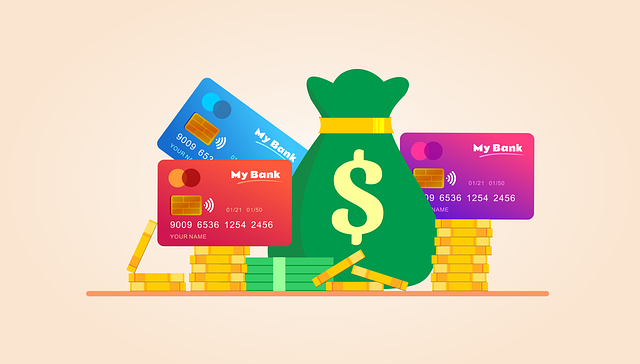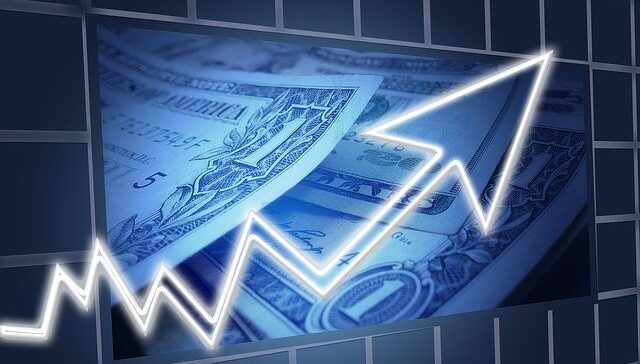
What does a line of credit mean?
A line of credit is akin to a loan but is open-ended and flexible. A line of credit issued by a financial institution is a fixed amount of borrowed money and can be accessed as and when necessary. It can be paid immediately or over a predefined period.
Like a loan, the interest is charged as soon as the money is disbursed. In a line of credit borrowing, the borrower can take out just the amount required by them at that point of time and are charged interest on only that amount and not the whole sanctioned amount. Also, the credit limit replenishes itself as and when repayments are made.
The interest rate charged on a line of credit is variable. Hence, the final amount to be repaid remains unknown at the time of borrowing.
A line of credit is approved for a borrower subject to eligibility checks, such as the borrower’s credit ratings, relationship with the bank, monthly income, and collateral, if any.
Line of credit is of two types- secured line of credit and unsecured line of credit.
Secured Line of Credit
A secured line of credit is where the borrower mortgages an asset owned by them when obtaining the borrowed amount. The financial institution lending the money holds the asset as collateral. It can liquidate or seize the asset if the borrower defaults on credit to recoup its losses.
Hence, a secured line of credit allows for a higher borrowing limit with relatively lower interest rates in contrast to an unsecured line of credit.
A common type of secured line of credit is a home equity line of credit, wherein the amount is borrowed against the equity in the home. Home and auto loans are other common types in this category, where the housing property or the automobile is the collateral.
Unsecured Line of Credit
An unsecured line of credit is one where there is no collateral backing the borrowing. The financial institution cannot recoup its loss if the borrower defaults on the payment.
Financial institutions put a capping limit on an unsecured line of credit borrowings and charge a higher interest rate, as these borrowings are riskier than a secured line of credit.
Hence, an unsecured line of credit is usually hard to get approval on in the case of both individuals and businesses.
A credit card is essentially an unsecured line of credit, which is why interest rates on them are so high. Personal loan and student loans also fall under this category. Hence, personal loan interest rates are higher than other loans. Student loans can be repaid through garnishing tax returns.
Secured Line of Credit vs Unsecured Line of Credit
The differences that are significant between these two types of line of credit are:
- A secured line of credit requires collateral to back the borrowing in contrast to an unsecured one.
- A secured line of credit usually charges a lesser interest rate than an unsecured one, as it is less risky for the lender.
- A secured line of credit provides a higher credit limit, has a lesser repayment amount, and a more extended repayment period than an unsecured line of credit.
- A secured line of credit offers the borrower a favourable borrowing contract than an unsecured one will since the lender faces lesser risk in the former.
Hence, based on the borrower’s preferences, considering the amount to be borrowed, the interest rates, the repayment amount, the credit tenure, and the willingness to provide collateral would determine which type of line of credit the borrower wants.




